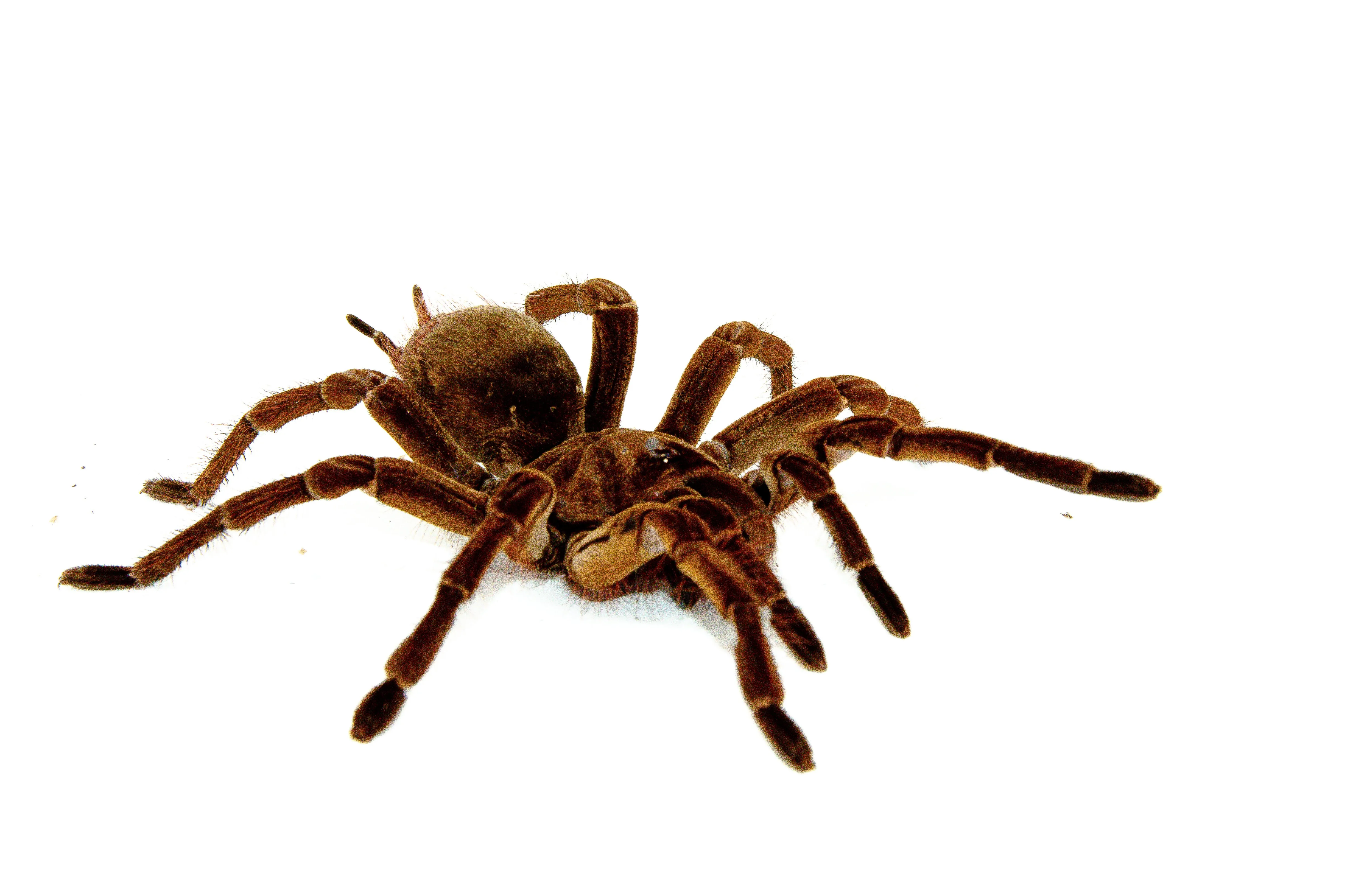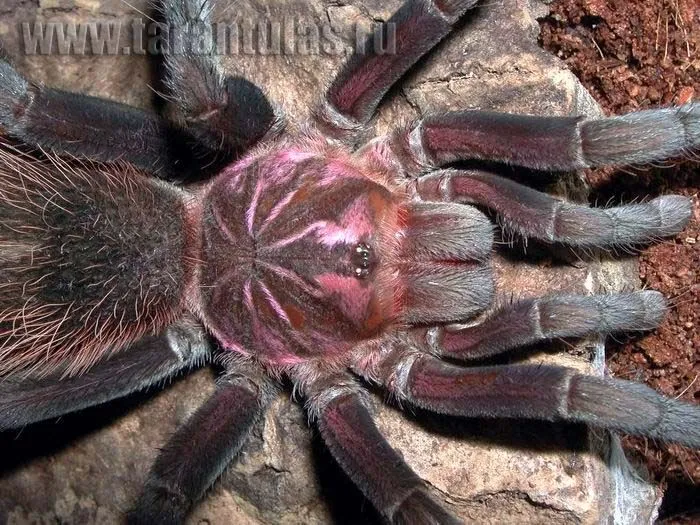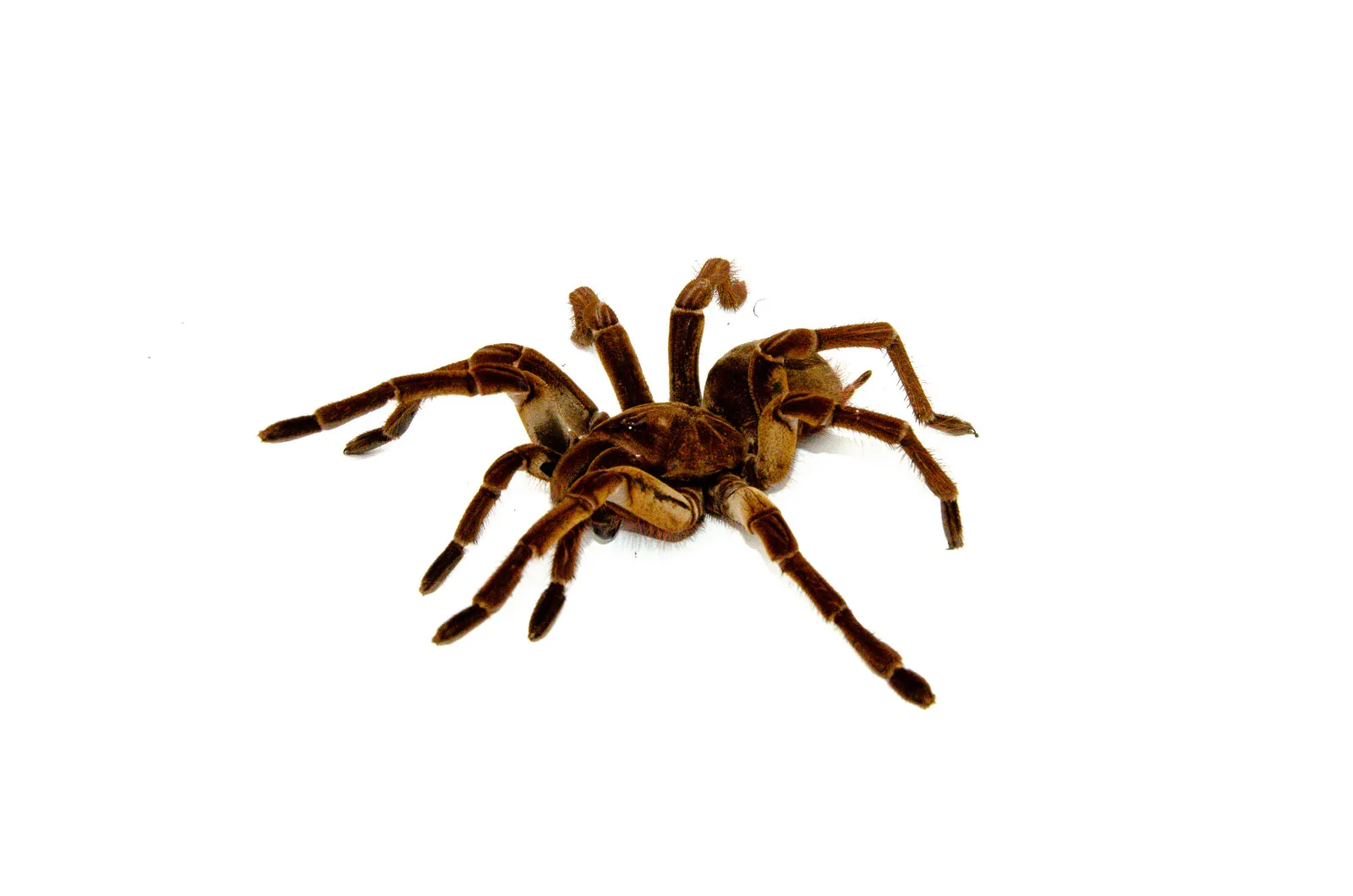What is the Goliath Bird Eater Tarantula?
The Goliath bird-eating spider, Theraphosa blondi, is one of the largest spiders in the world, a title that often sparks curiosity and, for some, a sense of unease. This impressive arachnid hails from the rainforests of northern South America. Despite its name, which suggests a diet focused on birds, the Goliath bird eater’s menu is far more varied. These creatures are a fascinating subject of study, captivating both those who appreciate the natural world and those interested in the extremes of animal life. They are a testament to the diversity and wonder of the planet, offering a glimpse into the often-overlooked realm of invertebrates. This tarantula’s sheer size and formidable appearance have made it a subject of both fascination and fear, but understanding more about their characteristics is crucial to dispelling myths and appreciating these creatures.
Size and Appearance
The Goliath bird-eating spider is a giant, and its size is one of the most striking aspects of this species. With a leg span that can reach up to 12 inches (30 cm), it’s easily one of the largest spiders on Earth. Their bodies, not including the legs, can be as long as 4 inches (10 cm). The Goliath bird eater has a robust, hairy body, with a reddish-brown or dark brown coloration that provides effective camouflage within its rainforest habitat. They have two main body sections, the cephalothorax and the abdomen, typical of all arachnids. The cephalothorax is where the spider’s eyes, mouthparts, and legs are attached, while the abdomen houses its internal organs. Their legs are thick and powerful, built for both walking and burrowing, and are covered in sensory hairs, which help them detect vibrations and navigate their surroundings.
Habitat and Distribution

Goliath bird-eating spiders are native to the rainforests of northern South America. They are primarily found in countries such as Brazil, Venezuela, Guyana, Suriname, and French Guiana. They thrive in humid environments, typically inhabiting burrows in the ground, often near swamps or marshes, where the soil is moist. Their burrows can be quite extensive, providing shelter from the elements and a safe place to ambush prey. The distribution of this species is limited by the availability of suitable habitat; they require specific conditions, including high humidity and a warm climate. Deforestation and habitat loss pose a significant threat to their populations, reducing the areas where they can thrive. Conservation efforts are essential to preserve their natural environments and protect this remarkable species.
Diet and Hunting Behavior
Despite the name, which suggests a diet focused on birds, the Goliath bird eater rarely consumes birds. Their diet is highly opportunistic, consisting primarily of insects, worms, and other invertebrates. They are ambush predators, lying in wait for prey to come within striking distance. Their powerful fangs are used to inject venom, which paralyzes their victims, and then digestive enzymes are released to break down the prey’s tissues. These spiders are also known to consume small vertebrates, such as lizards, frogs, and even small snakes, when the opportunity arises. The spider’s hunting behavior is a display of patience and precision, highlighting its position at the top of its food chain. They are nocturnal hunters, which is why they are difficult to spot. The hunting strategy is adapted to their size and lifestyle, showing how these giants have managed to survive.
Venom and Defenses
The Goliath bird eater possesses venom, but it’s not considered particularly dangerous to humans. Their bite is generally not life-threatening, though it can cause pain, redness, and swelling at the bite site. Like many tarantulas, they have other defense mechanisms, including urticating hairs. These hairs are barbed and can be flicked off the spider’s abdomen when threatened. These hairs irritate the skin and eyes of potential predators, causing discomfort and deterring further attacks. The spider’s size also acts as a deterrent, as few animals would dare to take on such a large predator. When threatened, the Goliath bird eater may also raise its front legs, exposing its fangs, as a warning display. The defensive arsenal is well-suited to protect itself from threats, though it is not intended to kill humans.
Lifespan and Behavior

Goliath bird eaters have a relatively long lifespan, especially compared to other spiders. Females can live for 15 to 25 years, while males typically live for a shorter period, around 3 to 6 years. Their behavior is largely solitary, except during mating. They spend most of their time in their burrows, which they construct in the ground. These spiders are nocturnal, and their activity levels peak during the night. The female Goliath bird eaters carefully care for their eggs, which are laid inside a silken egg sac, guarding them until the spiderlings hatch. As they grow, the spiders molt their exoskeletons, a process that allows them to grow larger. Molting is a vulnerable time for them, as their new exoskeleton is initially soft. These tarantulas are generally docile but can become defensive if provoked.
Are Goliath Bird Eaters Dangerous to Humans?
While the Goliath bird eater is a formidable creature, it is generally not considered highly dangerous to humans. Their bite is painful and can cause localized symptoms such as pain, redness, and swelling, but it is not typically life-threatening. The spider’s primary defense mechanism is its urticating hairs, which can cause skin irritation and discomfort. The biggest risk is from secondary infections if the bite is not cleaned properly. It’s essential to treat any bite with care, cleaning the area and monitoring for signs of infection. Handling these spiders should be done with caution. It is best to leave them undisturbed in their natural habitat. Responsible ownership and handling practices are key for keeping this spider and humans safe.
Common Myths About the Goliath Bird Eater
There are several myths and misconceptions surrounding the Goliath bird eater, often fueled by its intimidating size and appearance. One common myth is that they frequently eat birds, when in reality, this is a rare occurrence. Another myth is that their venom is highly toxic, which is not the case; their venom is generally not life-threatening to humans. Another myth is that they are aggressive and will attack humans on sight. In reality, they are relatively docile and will only bite if provoked or threatened. The name itself, with its implication of bird consumption, is a source of misunderstanding. Educating oneself about these animals is critical to dispel these myths, promoting a better understanding of this species.
Conclusion

The Goliath bird-eating spider is an extraordinary creature that continues to fascinate and intrigue. From its impressive size and imposing appearance to its unique hunting behaviors and defenses, this species offers a glimpse into the diversity and wonder of the natural world. They play a vital role in their ecosystem. Learning more about these animals helps to dispel myths and foster a greater appreciation for the often-overlooked world of invertebrates. By understanding their habits, behaviors, and the importance of protecting their habitat, we can contribute to their preservation.
